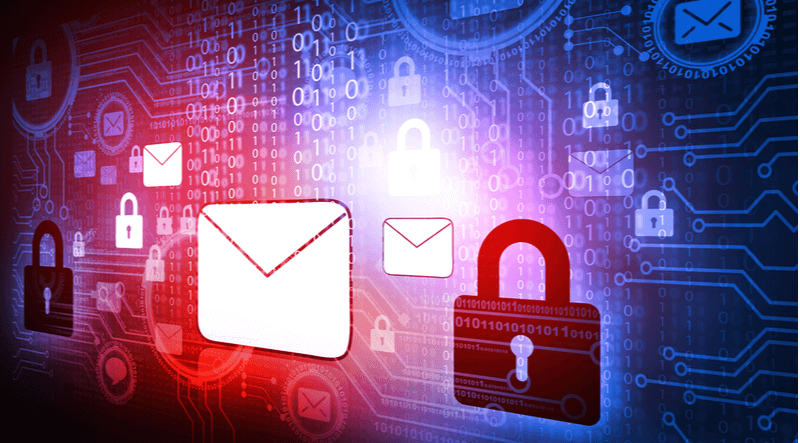Email continues to serve as the operational backbone of business communications across industries. Yet, it also represents one of the most exploited entry points for cyber threats—including phishing, malware, and sophisticated social engineering attacks. As organizations digitize and decentralize their operations, the business imperative to fortify email security is no longer a technical choice—it’s a strategic necessity.
This article outlines critical email security strategies and evaluates leading enterprise-grade software solutions to help business leaders safeguard organizational assets, ensure regulatory compliance, and preserve stakeholder trust.
The Strategic Relevance of Email Security
Email security refers to the protocols, technologies, and best practices designed to protect email systems against unauthorized access, data leakage, and malicious activity. A successful breach via email can result in:
- Financial loss due to fraud or ransomware
- Operational disruption from malware infections
- Reputational damage following data exposure
- Non-compliance penalties under regulations such as GDPR, HIPAA, or SOX
Given these risks, the business case for investing in email security extends beyond IT—it is tightly linked to enterprise risk management, compliance assurance, and long-term brand equity.
Threat Landscape: What Executives Must Know
Understanding today’s most prevalent email threats is foundational to strategic defense:
- Phishing: Sophisticated attacks mimic trusted sources to harvest credentials or redirect users to malicious sites.
- Malware: Delivered via attachments or embedded links, malware can result in data corruption, system hijacking, or ransom demands.
- Spam & Spoofing: Beyond productivity disruption, spam often serves as a delivery mechanism for broader threats.
The threat vectors continue to evolve, increasingly targeting human vulnerabilities rather than purely technical flaws. Thus, any modern email security strategy must consider both technology and user behavior.
Enterprise Email Security Strategies: A Multi-Layered Approach
Forward-thinking organizations implement a layered, adaptive security architecture. Key components include:
1. Advanced Spam Filtering
High-fidelity spam detection systems leverage machine learning to isolate threats before they reach end users, significantly reducing risk exposure and productivity loss.
2. Integrated Anti-Malware/Anti-Virus Scanning
Robust email gateways should automatically scan all attachments and embedded links in real time, blocking malicious content and preventing lateral movement across networks.
3. End-to-End Email Encryption
Encrypting sensitive content both in transit and at rest ensures confidentiality, particularly when handling financial data, client communications, or IP.
4. Phishing Detection and URL Protection
Intelligent tools monitor behavioral cues and link destinations, offering real-time warnings to users and quarantining high-risk messages.
5. User Awareness Training
Even the most advanced systems can be bypassed by human error. Ongoing education programs are essential to equip staff with threat recognition skills.
6. Continuous Patch Management
Security software must be regularly updated to address emerging vulnerabilities. Automated patch management helps reduce operational oversight.
Comparative Analysis: Top Email Security Platforms
The software market offers a range of enterprise-focused solutions. Below is a curated selection, benchmarked against strategic business criteria:
| Solution | Strategic Strengths | Best For |
| Proofpoint | Advanced threat detection, DLP, compliance integration | Mid-to-large enterprises with complex regulatory needs |
| Mimecast | AI-driven behavioral analytics, brand spoofing protection | Organizations seeking scalable, cloud-native security |
| Paubox | Zero-click email encryption, HITRUST certified | Healthcare, finance, and sectors with stringent compliance |
| SpamTitan | High-performance filtering with low false positives | SMBs seeking cost-effective, easy-to-deploy tools |
| Virtru | Seamless encryption, Google/Microsoft integration | Teams needing quick deployment with user-level control |
| Avanan (Check Point) | AI-powered defense for Microsoft 365 and Google Workspace | Cloud-first companies prioritizing insider threat detection |
| Microsoft Defender for Office 365 | Native integration, attack simulation tools | Enterprises fully embedded in Microsoft ecosystems |
| NeoCertified | Encrypted email archiving, legal compliance | Legal, financial, and public sector institutions |
Implementation Considerations: From Strategy to Execution
Effective implementation requires strategic alignment across departments:
- Needs Assessment
- Audit current vulnerabilities, email volume, and compliance obligations.
- Identify integration points with existing infrastructure (e.g., M365, G-Suite, CRM platforms).
- Audit current vulnerabilities, email volume, and compliance obligations.
- Vendor Selection
- Evaluate total cost of ownership (TCO), deployment model (on-premises vs. cloud), and service-level agreements (SLAs).
- Evaluate total cost of ownership (TCO), deployment model (on-premises vs. cloud), and service-level agreements (SLAs).
- Change Management
- Train stakeholders on new protocols.
- Align IT, compliance, and legal teams on shared governance responsibilities.
- Train stakeholders on new protocols.
- Monitoring & Optimization
- Establish KPIs such as blocked threats, false positive rate, and incident response time.
- Leverage dashboards and periodic audits to refine policies.
- Establish KPIs such as blocked threats, false positive rate, and incident response time.
Business Impact: ROI and Risk Mitigation
The value of email security investment can be quantified through:
- Reduced incident response costs
- Minimized regulatory penalties
- Improved operational uptime
- Enhanced customer and partner trust
Moreover, security maturity contributes to broader digital transformation initiatives by enabling secure remote work, digital workflows, and ecosystem integration.
Final Thought: Positioning Email Security as Strategic Infrastructure
Email security should not be viewed as an IT line item—it is a pillar of digital trust and business continuity. By adopting a holistic, multi-layered defense approach and aligning with enterprise-grade solutions, organizations can future-proof their communication channels while safeguarding stakeholder interests.
As cyber threats grow in volume and sophistication, the organizations that proactively embed security into their operational fabric will not only mitigate risk—they will differentiate themselves as trustworthy, resilient, and strategically sound.

